To optimize your Windows 11 user experience, keep the system updated, customize settings, manage startup apps, utilize Virtual Desktops, and perform regular maintenance to enhance performance and productivity.
Have you ever felt overwhelmed by unnecessary apps on your system? With Windows 11, there’s an effective way to eliminate pre-installed Microsoft Store apps, enhancing your overall experience.
Understanding the new features of Windows 11

Windows 11 introduces several exciting new features that enhance user experience and productivity. One of the most notable changes is the redesigned Start menu, which has a centered layout. It now provides quick access to your favorite apps and a simplified way to find everything you need.
Improved User Interface
The user interface in Windows 11 has been revamped with a modern touch. Rounded corners on windows and new animations make navigating the system enjoyable. The taskbar is also more customizable, allowing you to pin your most-used applications for easier access.
Virtual Desktops
Windows 11 enhances productivity through the use of Virtual Desktops. Users can create multiple desktops for different tasks and switch between them with ease. This feature is particularly useful for maintaining focus when working on different projects.
Snap Layouts
With Snap Layouts, arranging windows on your screen is now simpler than ever. Hovering over the maximize button shows available layouts, allowing you to easily organize applications side by side. This helps in multitasking without cluttering your desktop.
Widgets
Windows 11 brings back Widgets, providing personalized updates and news at a glance. With an intuitive panel, users can access weather, calendar events, and other information without leaving their current task.
These features are just a glimpse of what Windows 11 has to offer. The operating system is designed to facilitate a smoother, more engaging experience for all users, making everyday tasks more efficient and enjoyable.
Navigating the Group Policy Editor for app removal

To remove pre-installed Microsoft Store apps in Windows 11, you can navigate through the Group Policy Editor. This tool helps you manage various system settings effectively. It is accessible only in the Pro, Enterprise, and Education versions of Windows.
Accessing the Group Policy Editor
To begin, press Windows + R to open the Run dialog box. Type gpedit.msc and hit Enter. This action opens the Group Policy Editor where you can find numerous system settings.
Locating the App Policies
Within the Group Policy Editor, navigate to Computer Configuration > Administrative Templates > Windows Components > App Package Deployment. Here, you can manage policies related to app installations and removals.
Enabling App Removal
Find the policy named Allow deployment operations in Windows Store. Set this policy to Enabled to allow removing unwanted apps. This step ensures you have the necessary permissions for app management.
Applying Changes
After making the changes, restart your computer for the settings to take effect. You can then use the Settings app or Powershell to remove apps you don’t need.
Utilizing the Group Policy Editor is a powerful way to control app presence on your device and optimize your Windows 11 experience.
Creating a new user account for complete debloating

Creating a new user account in Windows 11 can be a helpful method for complete debloating. This process allows you to start fresh without any of the pre-installed apps that come with the system.
Accessing User Settings
To create a new user account, click on the Start menu and select Settings. Next, navigate to Accounts and then click on Family & other users. Here, you can manage user accounts on your device.
Adding a New Account
Click on Add someone else to this PC. You will be prompted to enter an email address or phone number for the new account. If you prefer to create a local account, choose the option that says I don’t have this person’s sign-in information. Next, click on Add a user without a Microsoft account.
Setting Up Permissions
Enter a username and password for the new account. Make sure to choose a strong password for security. You also have the option to add security questions for account recovery.
Logging Into the New Account
Once the account is created, you need to sign out of your current account. Click on the Start menu, select your profile picture, and choose Sign out. Then, log into the newly created account.
Removing Unwanted Apps
Now that you are logged into a new user account, you can proceed to remove any unwanted pre-installed apps without affecting your original account. Go to Settings > Apps > Apps & features. Here, you can easily uninstall the apps you do not want.
This method ensures a clean start and helps to optimize your system’s performance.
Exploring alternative methods to remove apps
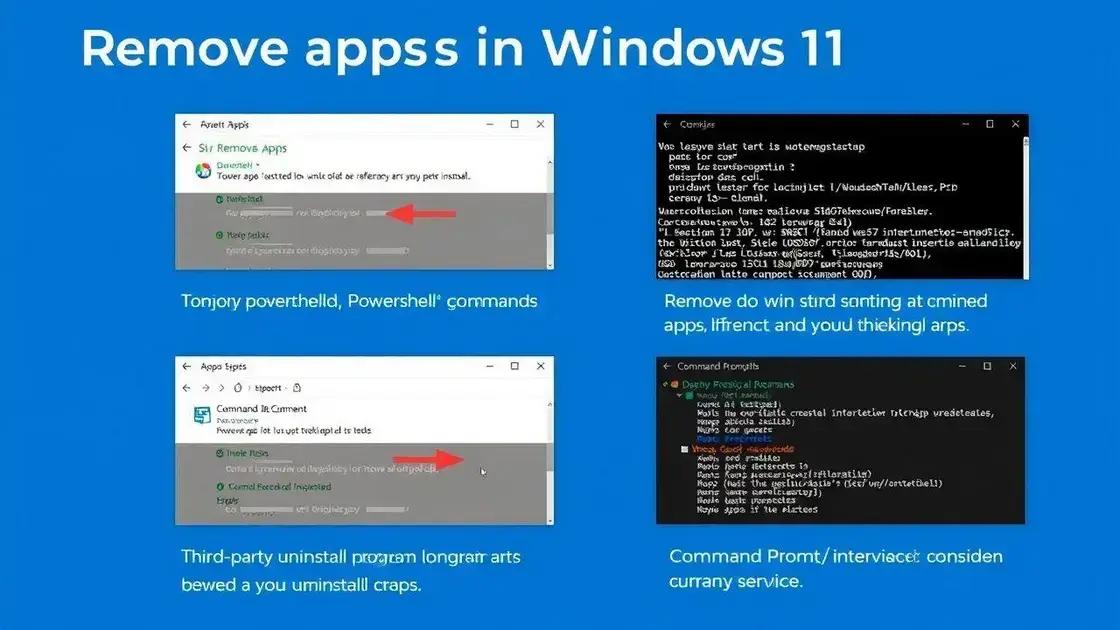
In addition to using the Settings app and the Group Policy Editor, there are various alternative methods for removing apps in Windows 11. Each method can be effective depending on your specific needs.
Using PowerShell
PowerShell is a powerful tool that allows you to manage apps easily. To remove an app using PowerShell, first, right-click the Start button and select Windows Terminal (Admin). In the terminal, type Get-AppxPackage to view a list of installed apps.
Next, locate the app you want to remove and use the command Remove-AppxPackage followed by the app’s package name. For example: Remove-AppxPackage Microsoft.SkypeApp. This method is quick and efficient for multiple apps if you have their package names.
Using Third-Party Uninstallers
Another option is to utilize third-party uninstaller programs. These tools can help you remove unwanted apps and their residual files completely. Popular options include Revo Uninstaller and IObit Uninstaller. After installing one of these programs, simply select the app you want to uninstall and follow the prompts.
Using the Command Prompt
The Command Prompt can also facilitate app removal. Search for cmd in the Start menu, right-click on it, and choose Run as administrator. Type the command wmic followed by product get name to see a list of installed apps.
To uninstall an app, enter the command wmic product where name=”App Name” call uninstall. Replace App Name with the exact name of the app. This method requires careful attention to the app names.
Using Windows Settings with a Shortcut
Another simple method is to create a shortcut for uninstalling apps directly. You can do this by right-clicking the app in the Start menu and selecting Uninstall. This shortcut makes the process faster for those apps you frequently want to remove.
Utilizing these alternative methods can enhance your ability to manage and customize your Windows 11 experience effectively.
Final thoughts on optimizing Windows 11 user experience
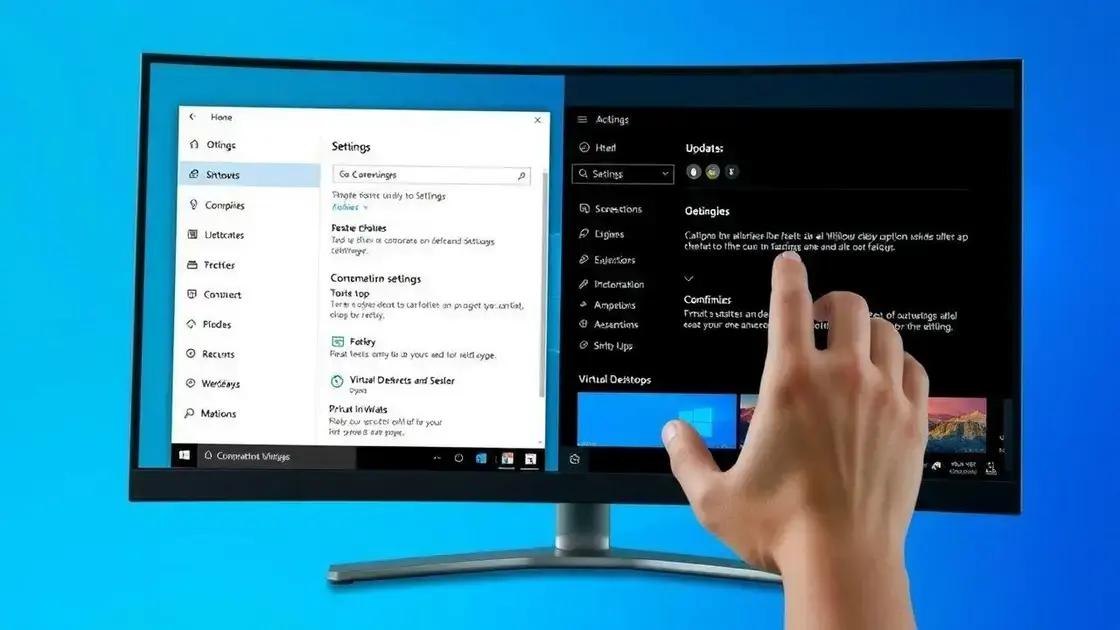
Optimizing your Windows 11 user experience can greatly enhance productivity and enjoyment. Consider a few key practices that can lead to a smoother experience.
Keep Your System Updated
Always keep Windows 11 updated. Go to Settings > Windows Update and check for updates regularly. Updates often include new features, security fixes, and performance improvements.
Customize Your Settings
Personalizing your settings can make a significant difference. Go to Settings > Personalization and customize your desktop background, theme colors, and taskbar settings. A personalized interface can make your experience feel more comfortable.
Manage Startup Apps
To improve boot times and speed up your system, manage startup apps. Go to Task Manager by right-clicking the taskbar and selecting it. From there, navigate to the Startup tab and disable any unnecessary apps that slow down your start-up process.
Utilize Virtual Desktops
Using Virtual Desktops can also help you organize your work. You can create multiple desktops for different projects by clicking on the Task View button on the taskbar and selecting New Desktop. This feature keeps your workspace organized and reduces clutter.
Regular Maintenance
Lastly, conduct regular maintenance on your system. Use built-in tools like Disk Cleanup and Defragment and Optimize Drives to keep your hard drive clean and running smoothly. These steps can help avoid slowdowns and ensure optimal performance.
By following these practices, you can create a more productive and enjoyable Windows 11 user experience while maximizing your system’s potential.
Enhancing Your Windows 11 Experience
Optimizing your Windows 11 user experience is essential for getting the most out of your device. By following the tips discussed, such as keeping your system updated, customizing your settings, and managing startup apps, you can create a more efficient working environment.
Utilizing features like Virtual Desktops and regularly conducting system maintenance can also significantly improve your day-to-day tasks. Each of these actions contributes to a faster, smoother, and more enjoyable experience with Windows 11.
Take the time to explore these options, and you will not only enhance your productivity but also enjoy using your computer more than ever.
FAQ – Frequently Asked Questions about Optimizing Windows 11 User Experience
How can I keep my Windows 11 system updated?
You can keep your system updated by going to Settings > Windows Update and checking for updates regularly.
What are Virtual Desktops and how can they help?
Virtual Desktops allow you to create multiple desktop environments for different projects, helping you stay organized and focused.
How do I manage startup apps in Windows 11?
You can manage startup apps by opening Task Manager, navigating to the Startup tab, and disabling any unnecessary apps to speed up boot times.
What is Disk Cleanup and why is it important?
Disk Cleanup is a built-in tool that helps remove unnecessary files from your system, freeing up space and improving performance.
How can I customize my Windows 11 settings?
You can customize your Settings by going to Settings > Personalization and adjusting options like the desktop background, theme, and taskbar.
What are some third-party tools to help remove unwanted apps?
Tools like Revo Uninstaller and IObit Uninstaller can effectively help you remove unwanted apps and their leftover files.


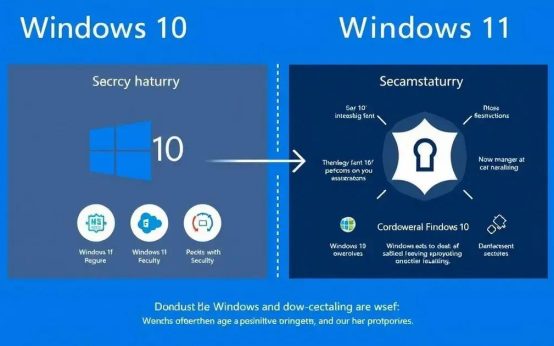 Windows 11 Reigns Supreme: Why Upgrading is Crucial Now
Windows 11 Reigns Supreme: Why Upgrading is Crucial Now 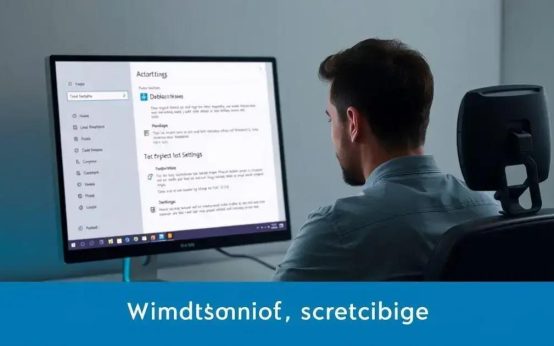 Windows 11: Optimize Your PC with a Simple Debloat Script
Windows 11: Optimize Your PC with a Simple Debloat Script 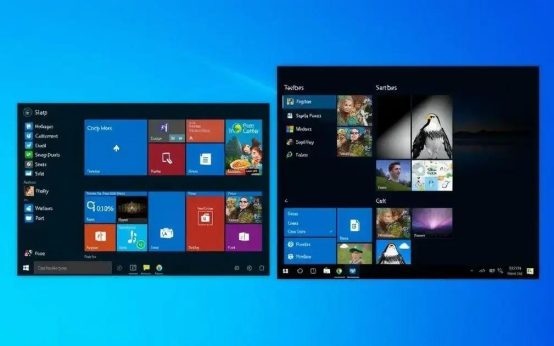 Windows 11: Explore Exciting New Features and User Interface Changes
Windows 11: Explore Exciting New Features and User Interface Changes